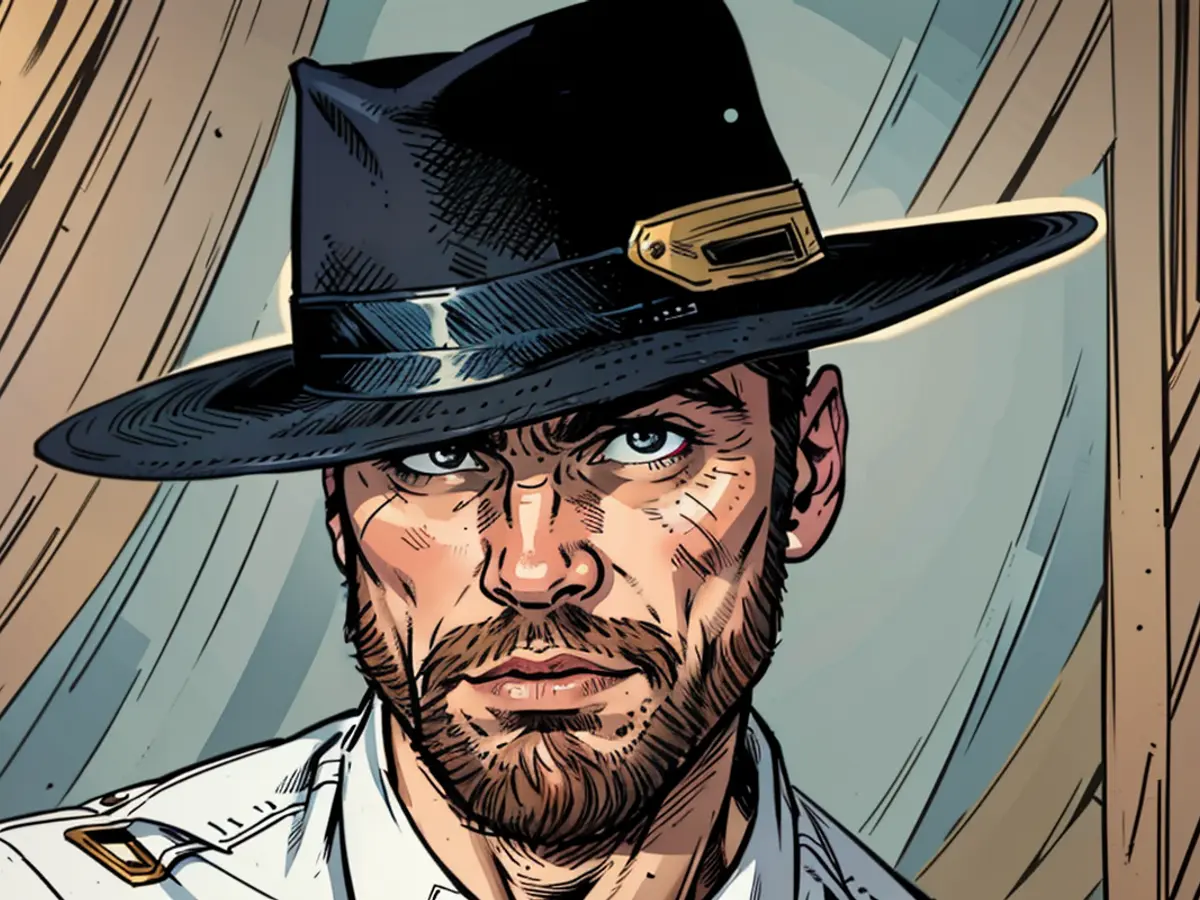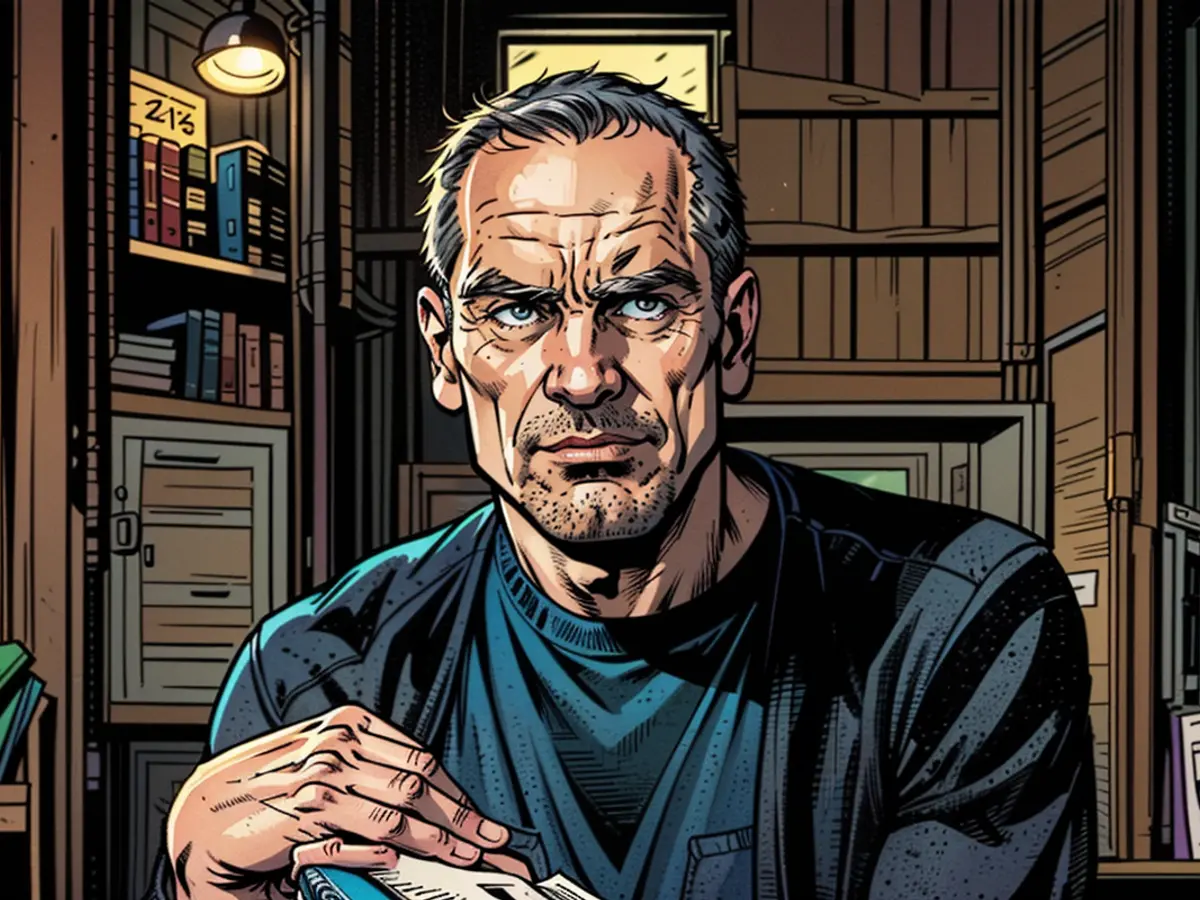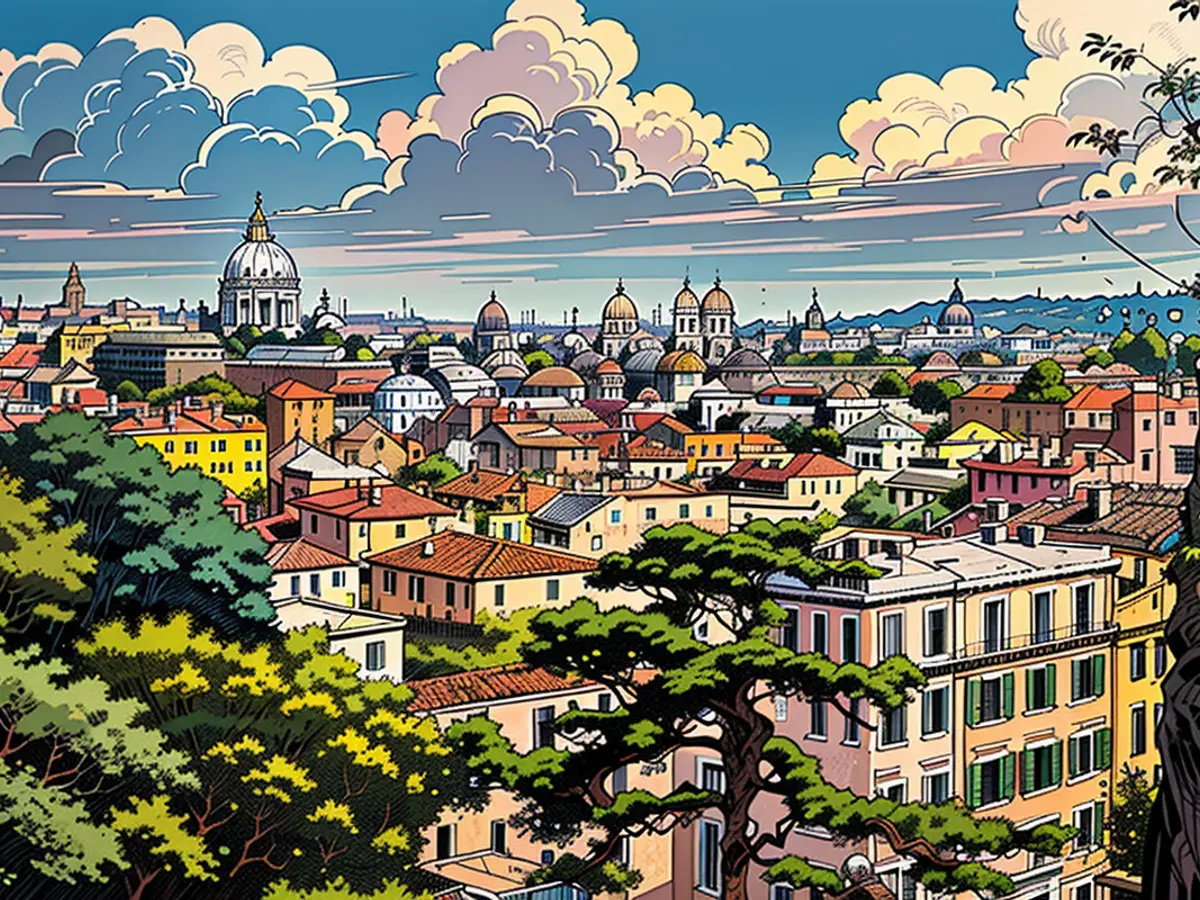"And it must not happen again"
She was deported by the Germans as a child. She survived several concentration camps. She is abused by her Jewish foster father. Eventually she collapses. Barbara Yelin has recorded Emmie Arbel's life story - and builds a bridge to the present day.
Emmie Arbel is sitting at the kitchen table in the Israeli village of Kirjat Tiv'on, working on her family tree. Parents and grandparents - murdered in the Holocaust. The brothers Menachem and Rudi - survived several concentration camps. Children and grandchildren, nieces and nephews - live in Israel, the USA or Germany.
Past, present and future come together in this one scene in the graphic novel "Emmie Arbel. The Color of Memory" by Babara Yelin, published by Reprodukt(sample). The family tree tells the story of the family, with all its branches, all its breaks, all its pain.
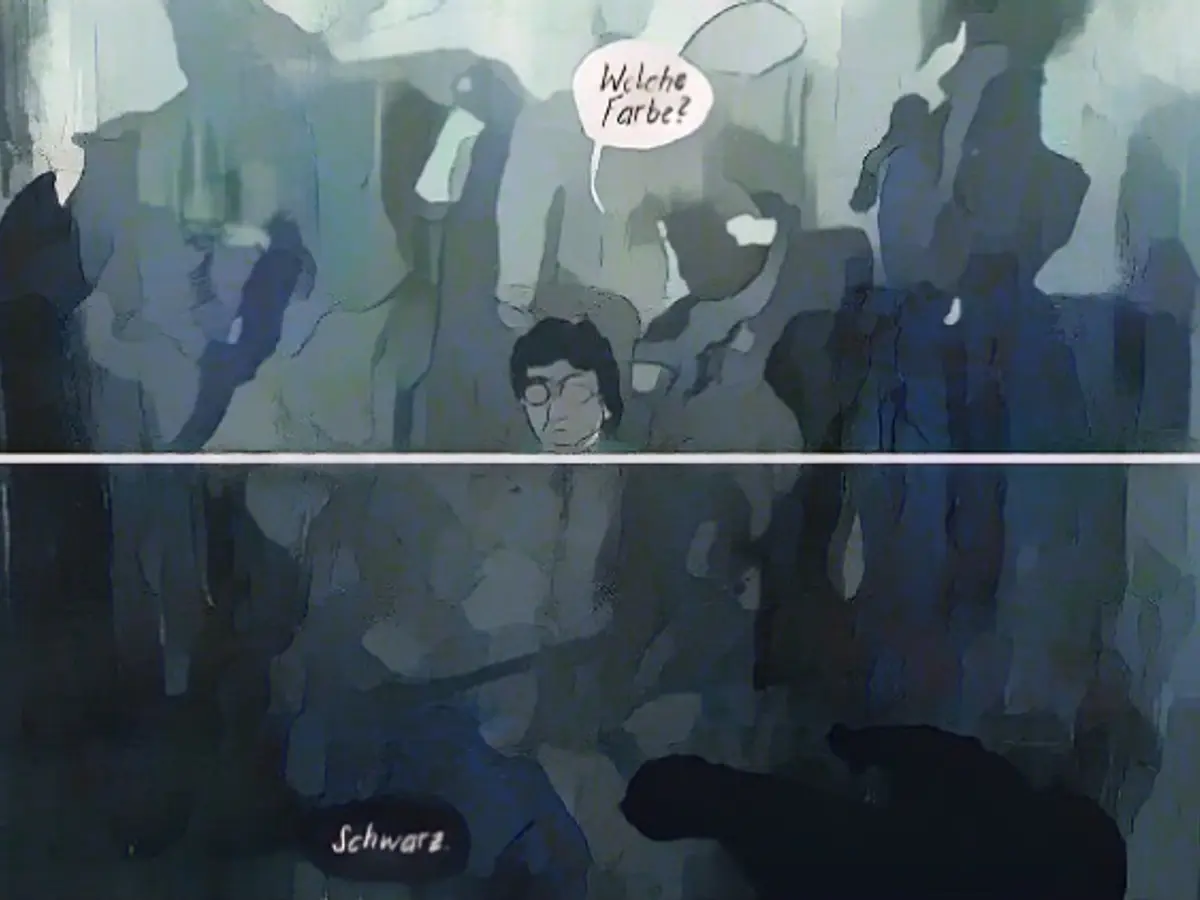
For Emmie Arbel, there were moments when she had no future. Born in The Hague in 1937, she was deported with her family in 1942. As a child, she survived the Westerbork transit camp and the Ravensbrück and Bergen-Belsen concentration camps. In Ravensbrück, she fell ill with typhus and was sent to the infirmary, where she lay among the dying and the dead. "I knew I was going to die," she says.
But Arbel survived the Holocaust, moved to Sweden after the war, then to the Netherlands and finally emigrated to Israel, where she still lives today. The fact that Yelin is now telling her story, or rather drawing it, is a stroke of luck. Not only because Arbel was initially skeptical about the medium of comics. But above all because it was a long journey before she was able to tell her whole story.
Collapse 30 years after the war
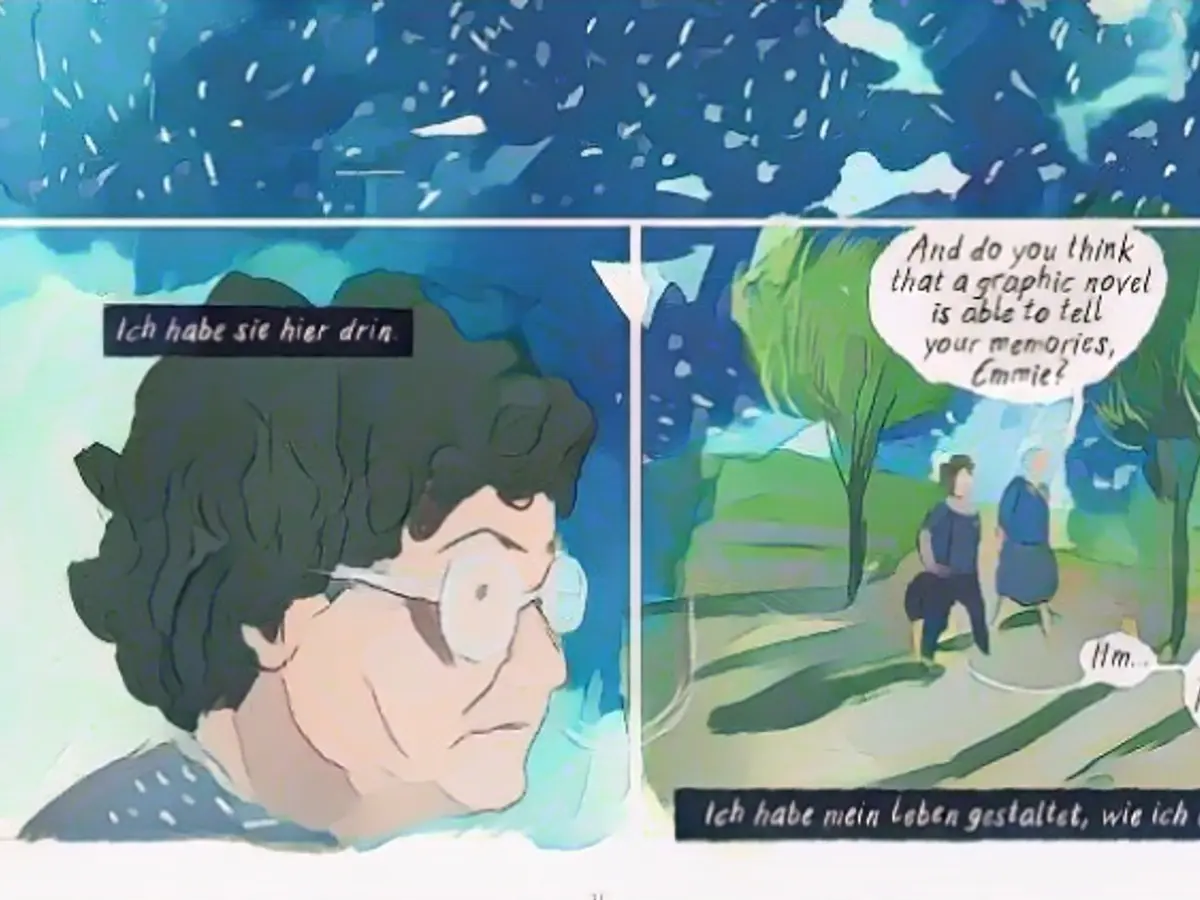
That is why the book begins with a total breakdown. In 1977, more than 30 years after the end of the war, Arbel is no longer able to. The memories, long suppressed, come flooding back. Not only those of the Holocaust, in which she sees her mother wasting away and finally dying, but also traumas from the time afterwards, when she was abused by her Jewish foster father for years. She seeks help and is slowly able to come to terms with the horrors of her childhood and youth.
Yelin does not tell this story chronologically, but associatively, the way memories work. The plot jumps back and forth between her childhood in the concentration camps, her youth in the Netherlands, growing up and the present in Israel - Arbel is always accompanied by a restlessness, very often Yelin draws her with a cigarette in her hand. "I didn't stay anywhere," says Arbel. The comic leaves gaps that arise because the memories fade, appear and disappear again. "I don't remember," says Arbel again and again.
The story is held together by the protagonist who, despite all the horrors, never gives up, takes her life into her own hands, starts a family and finally finds the strength to talk about all this in front of school classes and eventually also to Barbara Yelin. The award-winning comic artist in turn makes the color scheme the guiding principle: between dark shades of blue, almost slipping into black, which stand for the horrors of the past, and the sun-drenched shades of yellow and green in present-day Israel. The comic form makes it possible to combine the contrasts, to juxtapose them, even to allow them to merge.
Yelin has already placed a woman in National Socialism at the center of a comic: In "Irmina", inspired by her own family history, she tells the story of a follower of National Socialism. This time, Yelin refrains from fictionalization and instead chooses the form of comic reportage, in which the illustrator herself also appears. This approach, which repeatedly shows Arbel in everyday moments, enables a much more intensive approach. Here, memory is not a retrospective, not a story, but a permanent state. The past surrounds Arbel, she cannot shake it off - she often wears blue clothes that reflect the colors of the dark moments.
Home is no longer safe
Part of Arbel's story has already been published in the anthology "Aber ich lebe - vier Kinder überleben den Holocaust" ( Beck). It is about the last generation of contemporary witnesses who survived the Shoah as children and are able to report on their fate. "I have the feeling that no one can understand what I feel," says Arbel in "The Color of Memory". "But if I don't talk about it, the others can't understand. Not understand what happened. And it must not happen again."
In her new book, however, Yelin goes beyond remembering the Holocaust. The strength of the book is that she tells Arbel's whole story. After all, the lives of those who escaped the horrors of the Shoah continued even after the end of the Second World War. Many of them faced an odyssey, for where were they welcome and safe? And how should they deal with what they had experienced? When Arbel lived in an Israeli kibbutz, nobody there was interested in what had happened in the concentration camps. "I was ashamed that I had been in the camps," says Arbel. So she kept quiet until she finally suffered a breakdown.
The search for a safe haven also builds a bridge to the present, in which Israel has become the victim of a massive terrorist attack and is trying to defend itself. Arbel was in Europe during the Hamas terror attack, for her remembrance work in Ravensbrück. "She misses her home," Yelin recently told the Süddeutsche Zeitung newspaper. "The fact that this is no longer a safe home is very upsetting for her."
- The graphic novel "Emmie Arbel. The Color of Memory" by Barbara Yelin delves into the harrowing experiences of Emmie Arbel during the Holocaust, as she survived several concentration camps, including Ravensbrück and Bergen-Belsen, following her deportation by the Germans as a child.
- Critics have lauded the comic book's emphasis on Emmie Arbel's life story, not only focusing on her survival of the Holocaust but also highlighting her difficult relationships, such as her abuse by her Jewish foster father, which was a significant factor affecting her emotions and behavior for several years.
- The comic's release has sparked positive reviews and sparked interest in Emmie Arbel's story, while some critics argue that the book serves as an important reminder of the horrors of the Second World War and the need to address and prevent similar atrocities in the future, particularly as Israel faces ongoing acts of terror and struggles with finding a sense of security and belonging.
Source: www.ntv.de


